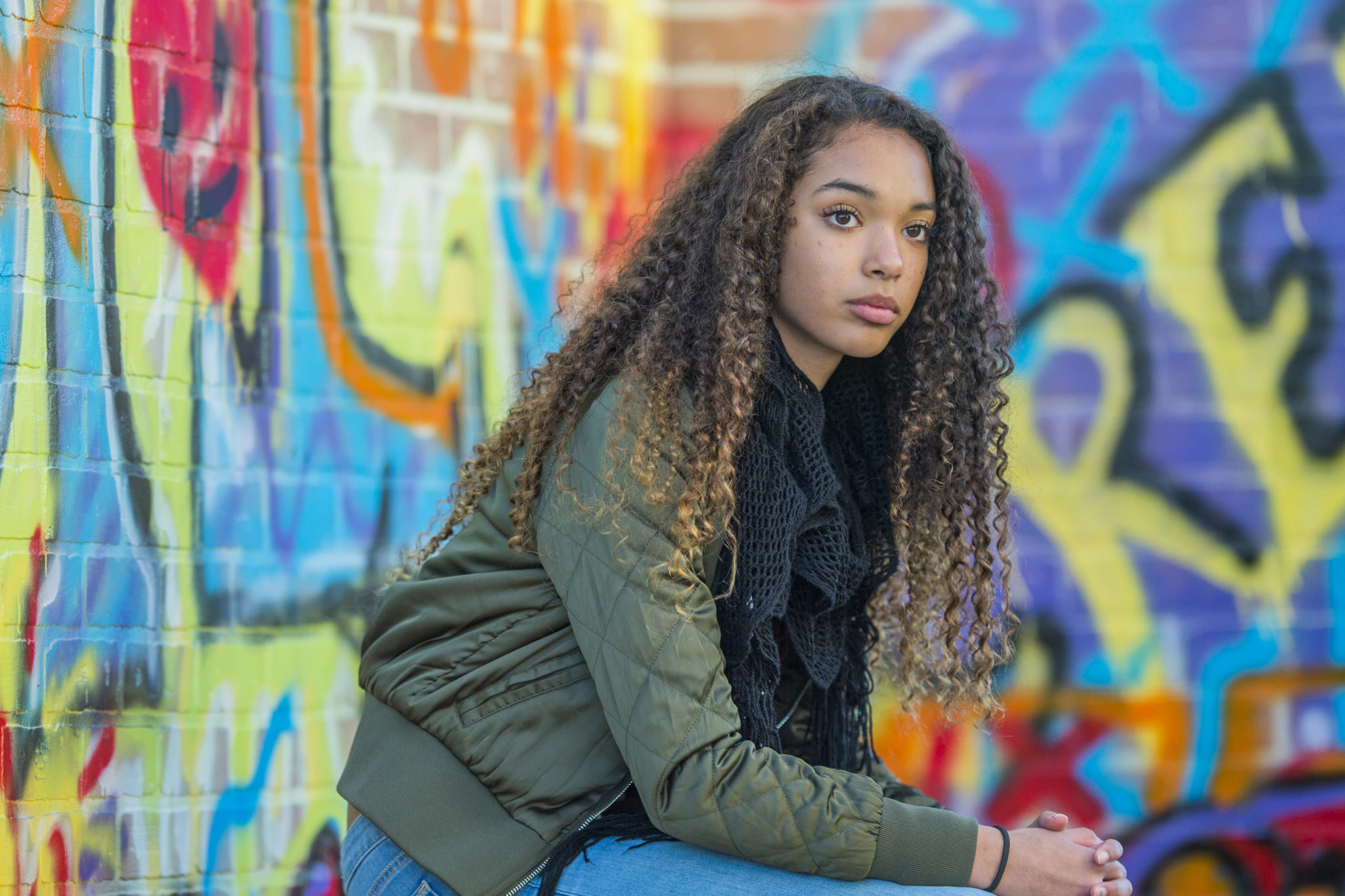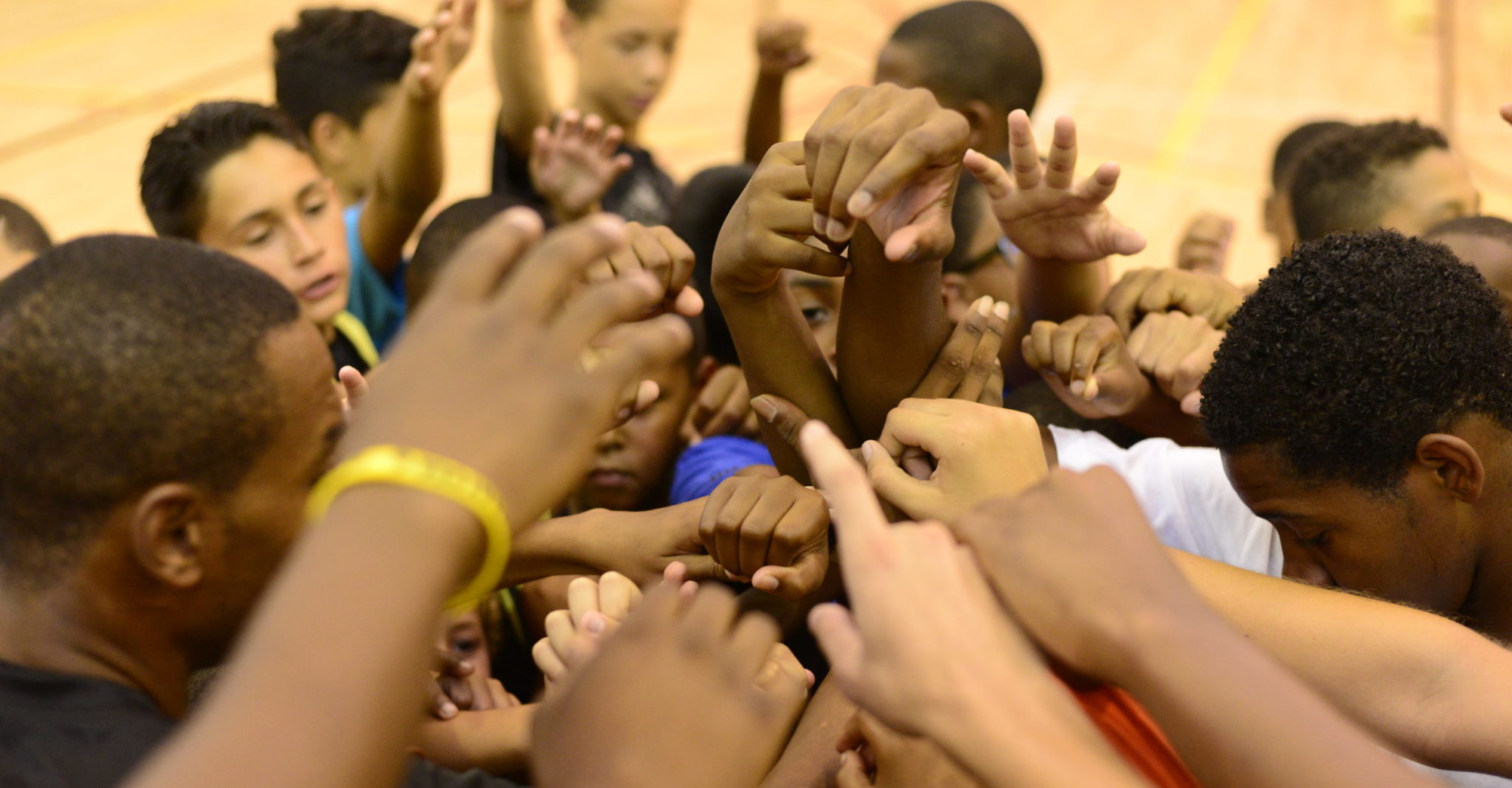This post is authored by Karen Romero, Freedom Network Training Institute Director at Freedom Network USA.
January is the National Slavery and Human Trafficking Awareness month, an annual effort to increase awareness about what human trafficking really is, and what it looks like, in the United States. The relatively new awareness of this crime has provided much needed protections for survivors, but has also introduced misconceptions.
What is Human Trafficking?
At its essence, human trafficking exploits a person through force, fraud, or coercion for forced labor or commercial sex. Traffickers prey on the vulnerabilities of individuals in poverty, experiencing homelessness, or who are part of marginalized populations. Communities that are poor, disenfranchised, and underserved are often the most vulnerable.
Trafficking victims are generally left financially destitute, which in turn makes them susceptible to re-exploitation. Individuals who lack safe housing are more likely to engage in dangerous employment to meet their needs, making them vulnerable to trafficking. A 2016 study by Loyola University and Covenant House found that nearly 1 in 5 youth who received shelter services from Covenant House had experienced some form of human trafficking.[1]
In the US, the Trafficking Victims Protection Act of 2000 (TVPA) has defined trafficking as
● sex trafficking in which a commercial sex act is induced by force, fraud, or coercion, or in which the person induced to perform such an act has not attained 18 years of age; or
● the recruitment, harboring, transportation, provision, or obtaining of a person for labor or services, through the use of force, fraud, or coercion for the purpose of subjection to involuntary servitude, peonage, debt bondage, or slavery.[2]
A victim need not be physically transported from one location to another for the crime to fall within these definitions.
Human Trafficking in the US
Trafficking happens in every state and can occur in any industry such as education, manufacturing, agriculture, construction, restaurants, among others. We also know that labor trafficking is the most common type of trafficking worldwide.[3]
Because human trafficking is underreported and under-identified, there is no clear figure as to how many people are trafficked in the US. Not all victims of trafficking have been able to access services or have reported their experience, therefore statistics can be unreliable.
One way to get a sense of the magnitude of human trafficking in the US is through the number of survivors receiving federally funded services. Grantees of the Department of Justice reported serving 8,913 clients between July 2017 and June 2018. [4]
Survivors Need Access to Housing
Safe and stable housing is a critical resource for survivors of human trafficking as they exit their trafficking situation and continue their journey towards healing. Anti-trafficking service providers often rely on emergency housing resources such as homeless or domestic violence shelters to meet the immediate needs of survivors. However, these short-term options can leave survivors homeless once their stay has ended.
Safe Housing options allow individuals to concentrate on their psychological needs, including any effects of complex trauma that they experience. When a survivor’s basic needs (including safe and affordable housing) are not met they must concentrate on basic survival. This creates an environment that makes them more vulnerable to new exploitative situations.”
St. Louis, MissouriRedburn
– International Institute of St. Louis, Missouri[5]
Providers in the housing and homelessness field are likely already serving survivors of trafficking without knowing it. Not all survivors will disclose their trafficking experience and some may not be aware that their exploitation is considered trafficking. Housing programs have the opportunity to ensure that their services are trauma-informed and person-centered. By creating systems that focus on providing the individual choice and voice in their housing, we can ensure that all clients, including those who have experienced violence and exploitation, can access housing options that feel safe for them. As providers, we have an opportunity to expand current referral systems and build connections between housing and homeless services and the anti-trafficking field.
If you want to learn more, please visit Freedom Network USA’s Housing Project and the Resource Library, which contain materials including fact sheets, videos, and templates for providers to access practical tools and respond to the individual needs of survivors in a person-centered, trauma-informed manner.
To learn more about this project, visit freedomnetworkusa.com/housing. For inquiries, contact Karen Romero at karen@freedomnetworkusa.org.
Notes
[1] Covenant House
[2] US State Department https://www.state.gov/j/tip/laws/61124.htm
[3] International Labour Organization, Global Estimates of Modern Slavery
https://www.ilo.org/wcmsp5/groups/public/@dgreports/@dcomm/documents/publication/wcms_575540.pdf
[4] US Department of State, Trafficking in Persons Report 2019, page 486
[5] Freedom Network USA 2018 Member Report https://freedomnetworkusa.org/app/uploads/2018/04/FRN-Member-Report-Digital-FINAL.pdf
Stay Updated: Solutions, Stories, and Ways to Make an Impact
Sign up to receive updates on the Alliance’s work, including the latest research, advocacy efforts, and real stories of progress — plus ways you can help drive lasting change.














